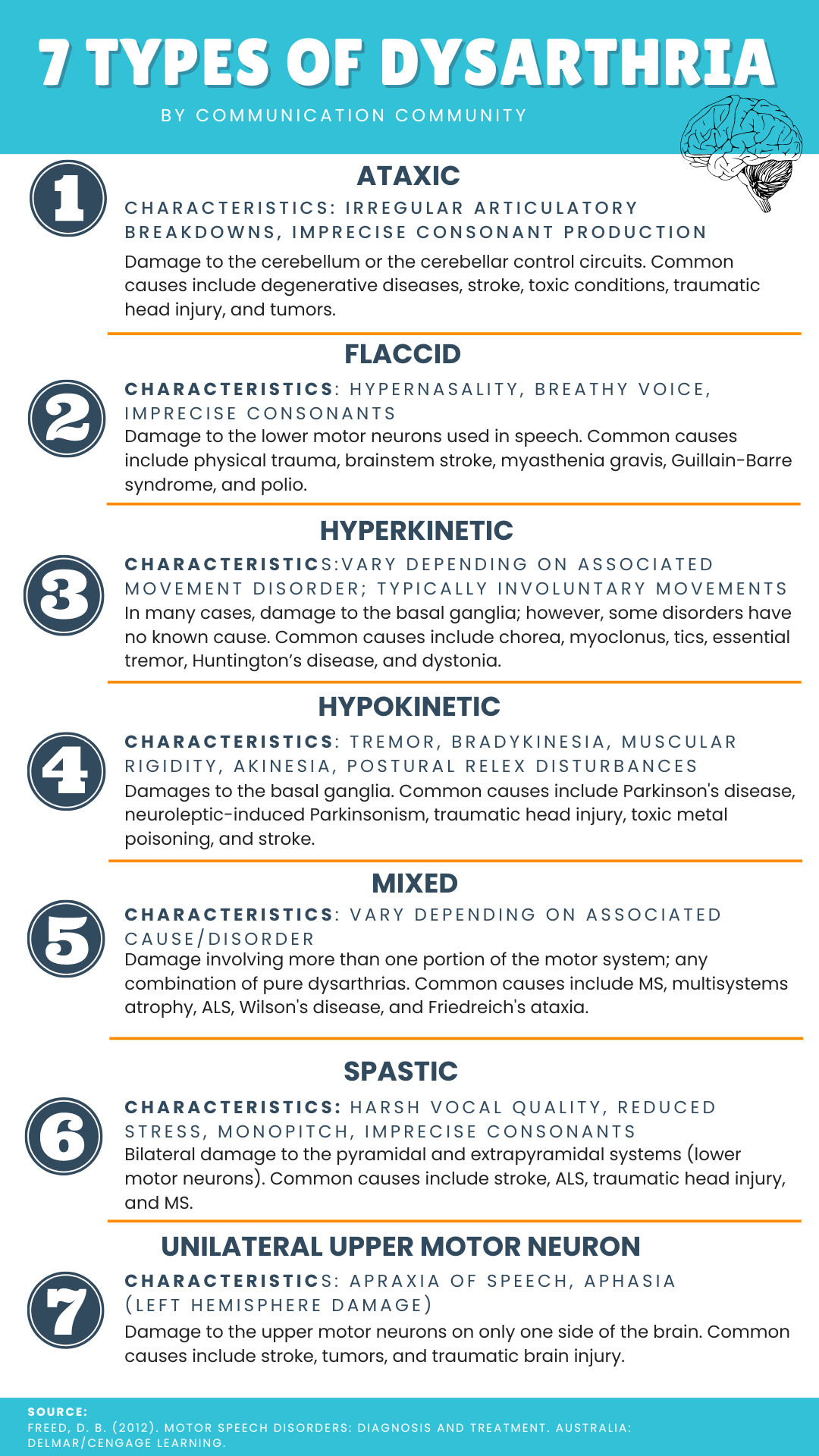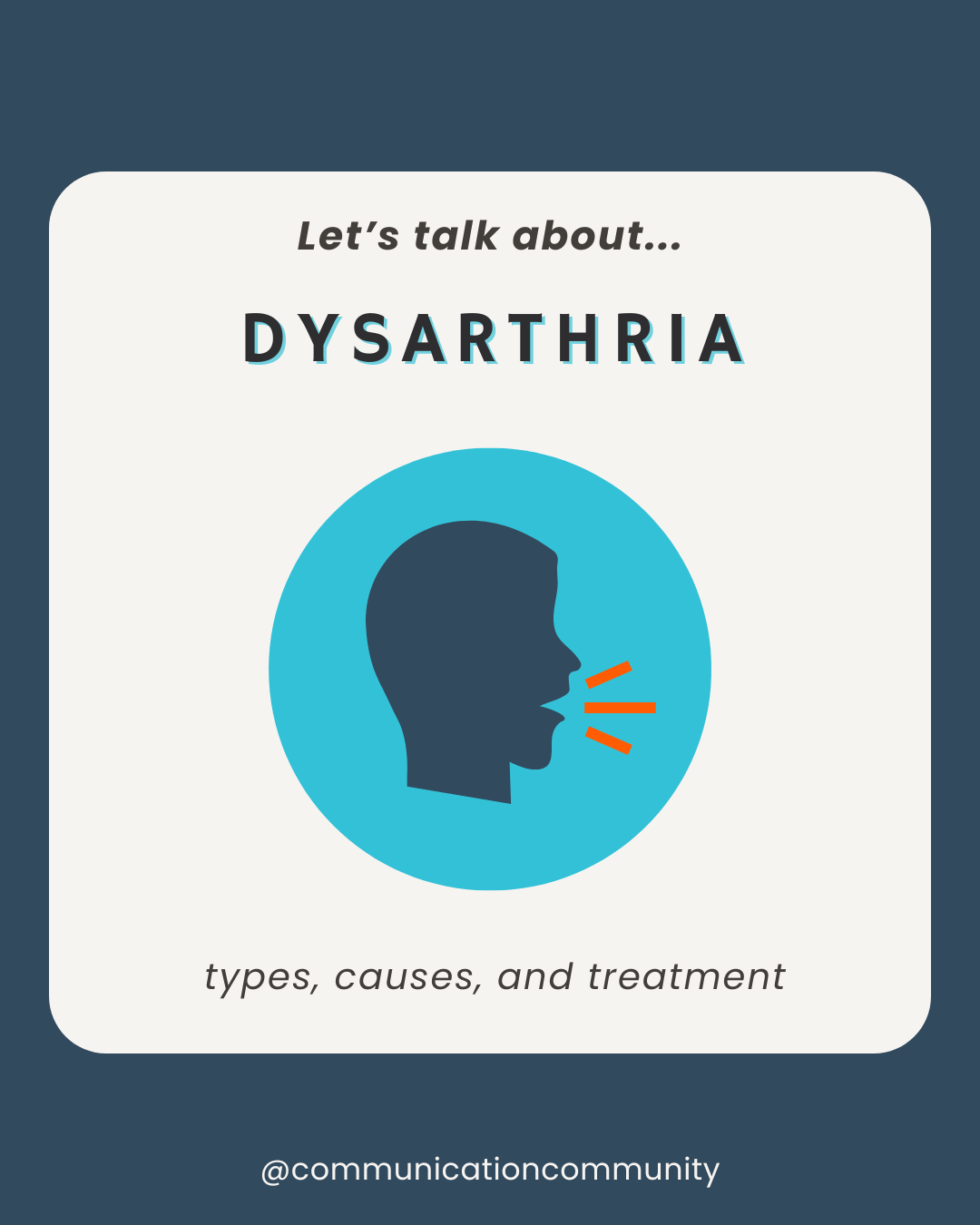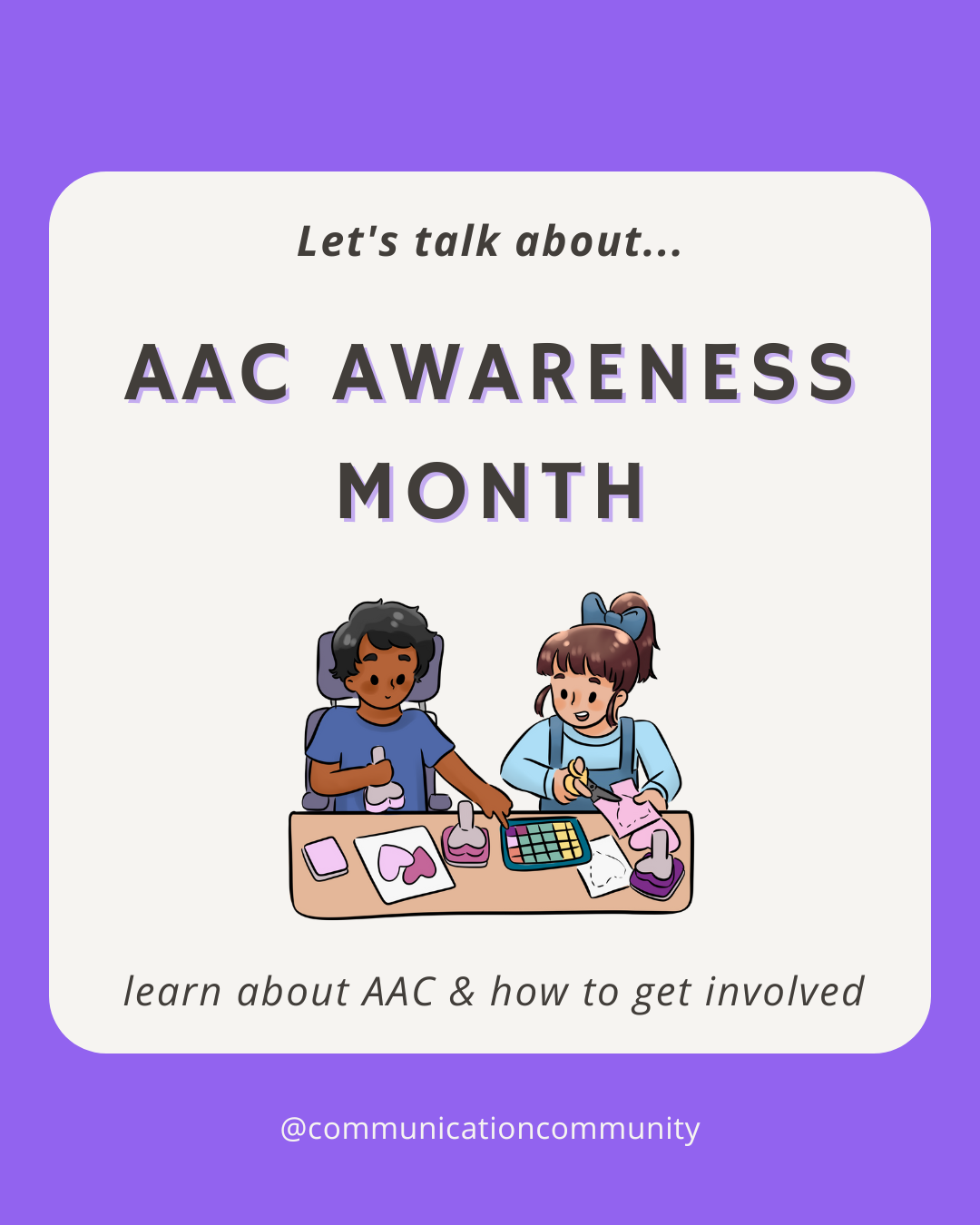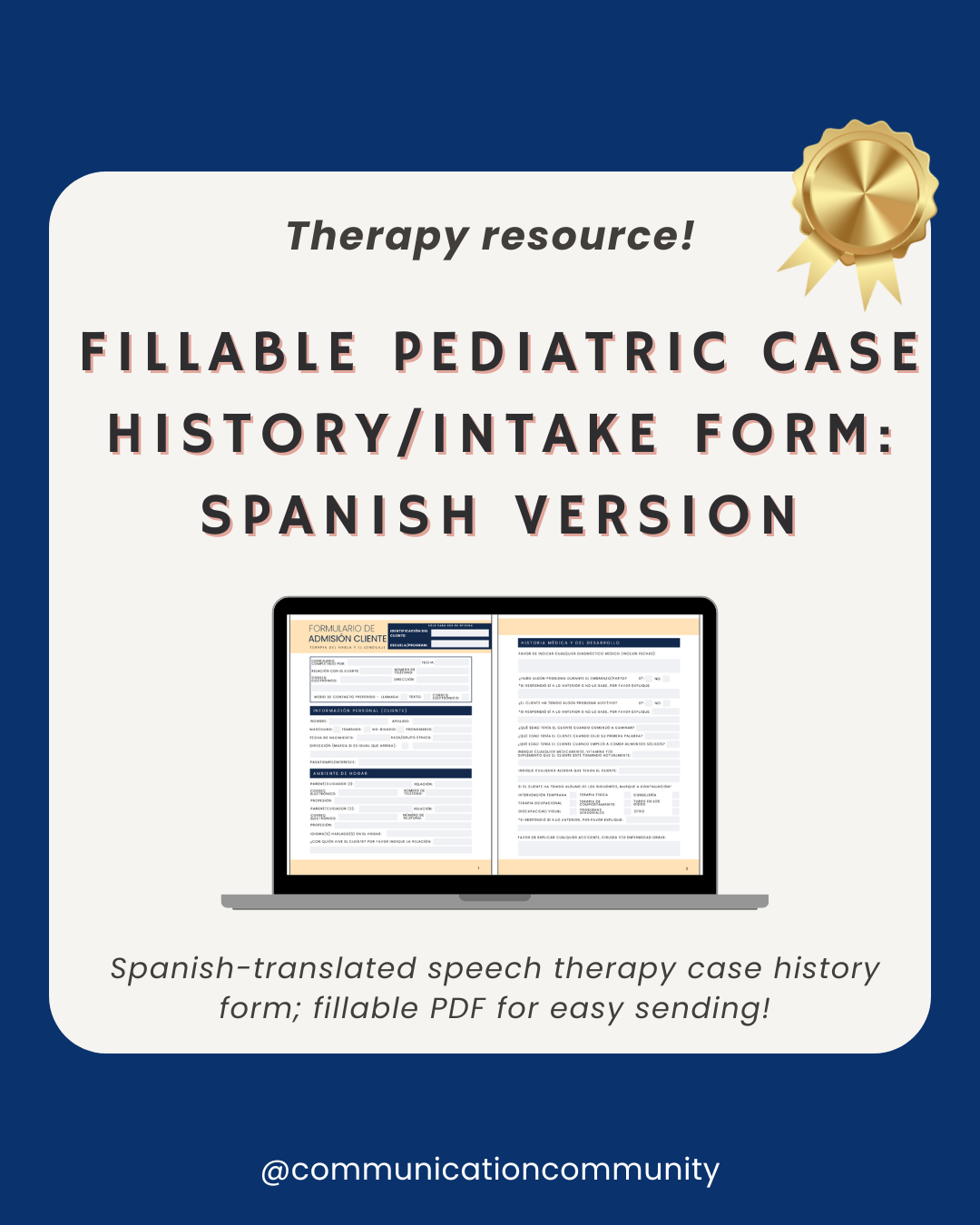This article was last updated on April 30, 2024.
What is Dysarthria?
Dysarthria is caused by muscle weakness or the inability to control the muscles related to speech. Speech appears slurred or unintelligible to the listener. Dysarthria can mildly affect the way speech is understood or it can be quite severe, making it difficult to understand one’s speech.
Dysarthria can be caused by differences in strength, speed, range, steadiness, tone, and/or accuracy of speech movements. These differences can also impact the coordination of movements that involve respiration, phonation, resonance, and prosody. These are all components that contribute to the way that one speaks and communicates oral messages.
- Respiration - the air we breathe in and out; the power for speech production
- Phonation - the air we produce that vibrates the vocal cords
- Resonance - the air shaped by the oral and nasal cavities
- Prosody - the rhythm and intonation of speech
Causes of Dysarthria
Dysarthria causes speech muscles (sometimes called articulators: lips, tongue, cheeks, etc.) to be weak, in addition to difficulties with the components mentioned above. This is secondary to neuromuscular disturbances or damage to the brain. Dysarthria does not occur alone, meaning an individual has dysarthria as a result of something else. It can be congenital (present at birth) or occur following an injury or illness. Some common causes include (but are not limited to):
- Stroke
- Brain injury or tumor
- Multiple sclerosis (MS)
- Amyotrophic lateral sclerosis (ALS)
- Parkinson's disease
- Cerebral palsy
7 Types of Dysarthria and Speech Characteristics
Characteristics can range in severity and vary in cause depending on the type of dysarthria. Dysarthrias are often classified into 7 different types:

Treatment for Dysarthria
If you or a loved one is interested in receiving treatment for dysarthria, a consultation and/or evaluation by a speech-language pathologist (SLP) is a good first course of action. You may consult with your doctor about a referral to an SLP if you are concerned. Depending on the dysarthria type/severity and co-occurring disorders or difficulties, treatment service delivery and intensity of services can vary (e.g., types of treatment, how often treatment is provided). It may be appropriate for treatment to include other methods of communication such as augmentative and alternative communication (AAC). According to ASHA, common treatment can also focus on:
- Decreasing rate of speech
- Increasing breath support to sound louder
- Improving muscle strength of articulators
- Increasing speech clarity
Dysarthria vs. Apraxia vs. Speech Sound Disorders
Dysarthria and apraxia are both motor speech disorders.
Dysarthria is caused by muscle weakness or the inability to control the speech muscles related to speech. The “plan” from the brain is correct, but the muscles aren’t able to follow the plan.
Apraxia is caused by the brain’s inability to create a solid “plan” to tell the muscles related to speech how to produce correct speech sounds. The muscles are able to follow the plan, but the plan is incorrect.
It is important to note that some individuals may have neurological damage that may cause both symptoms of apraxia and dysarthria.
Speech sound disorders related to articulation and phonology are more common in children versus childhood apraxia of speech (AOS) and dysarthria. There is a natural development of an individual’s ability to master articulation and reduce phonological patterns (e.g. an individual is able to produce the /b/ sound before the /r/ sound), but individuals with childhood AOS do not master the production of speech sounds following natural developmental patterns. Children with just speech sound disorders do not have muscle weakness in their articulators or the inability to control the speech muscles related to speech.

Communication Strategies for Dysarthria
If you or a loved one has been diagnosed with or suspected to have dysarthria, we hope that this resource was helpful. Strategies like communicating in quiet environments, modifying questions to yes/no responses if something is unclear, avoiding filling in words or sentences for the person, and looking at the person when they are speaking, are all positive strategies that can be used when speaking with someone with dysarthria.
Additionally, feel free to check out the evidence-based articles and links below that also dive into the treatment and classification of dysarthria.
Looking for more resources?
We also created a robust goal creator packet with thousands of possible goal combinations for articulation, phonology, and apraxia.


References:
American Speech-Language-Hearing Association. (n.d.-b). Dysarthria. American Speech-Language-Hearing Association. https://www.asha.org/public/speech/disorders/dysarthria/
Cleveland Clinic. (n.d.). Dysarthria (slurred speech): Symptoms, causes & treatment. Cleveland Clinic. https://my.clevelandclinic.org/health/diseases/17653-dysarthria
Mayo Foundation for Medical Education and Research. (2022, May 17). Dysarthria. Mayo Clinic. https://www.mayoclinic.org/diseases-conditions/dysarthria/symptoms-causes/syc-20371994
Mitchell, C., Bowen, A., Tyson, S., Butterfint, Z., & Conroy, P. (2017, January 25). Interventions for dysarthria due to stroke and other adult-acquired, non-progressive brain injury. The Cochrane database of systematic reviews. https://www.ncbi.nlm.nih.gov/pmc/articles/PMC6464736/



![How to Write Executive Functions Goals [with goal bank]](https://www.communicationcommunity.com/content/images/2024/10/How-to-Write-Executive-Functions-Goals.png)


![How to Write Play Skills Goals [with goal bank]](https://www.communicationcommunity.com/content/images/2024/07/Play-Skills-Goals--updated---1-.png)
